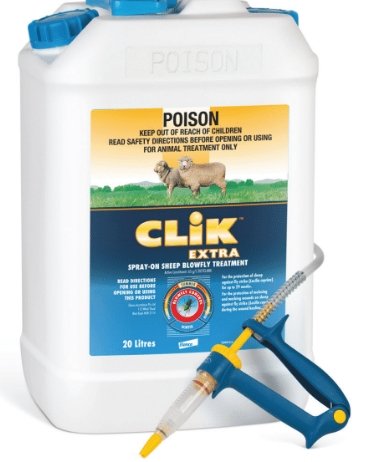Pestivirus is an insidious disease that is endemic in both the beef and dairy herds of Australia. It’s estimated that up to 90 per cent of herds have been infected.
While the disease is relatively easy to diagnose due to highly accurate testing, evaluating its impact and potential risk to a herd can be difficult.
What is well known about the disease?
The most well-known aspect of the disease is its reduction in reproductive efficiency. The virus is frequently involved in poor pregnancy testing results, increased abortion rates and the birth of persistently infected calves.
The disease is difficult to detect.
It creeps up on you making it difficult to evaluate direct losses or potential risks to the herd.
What’s underestimated about the disease?
The aspect which is often overlooked by many producers is the ability of pestivirus to cause profound immune suppression in cattle. This immune suppression results in exacerbated levels of disease and mortality in various parts of the supply chain.
Pestivirus impact:
There can be ongoing annual losses of 5-10 per cent in herds where pestivirus exists.
A recent study of factors affecting the reproductive performance of beef breeding herds found that where there was evidence of a widespread and / or recent perstivirus infection, the percentage of lactating cows that became pregnant within four months of calving reduced by 23 per cent, and calf wastage increased by 9 per cent.
In the National Bovine Respiratory Disease Initiative which evaluated risk factors for BRD in Australian feedlot cattle from 2009 to 2011, cattle exposed to Pestivirus had their risk of BRD increased 1.7 times.
What’s the end outcome for beef producers?
As pestivirus cycles in the herd its impact can present in different ways. The most
impactful events include:
• lower pregnancy rates.
• disrupted and delayed calving, increasing calving spread.
• higher calf losses from joining to weaning, especially in heifers or first
calvers.
• higher levels of disease in calves including calf scours, pinkeye and
pneumonia / pleurisy.
• post weaning losses due to ill thrift and mortality.
• lower than expected growth rates in some cattle – an obvious tail in the mob.
Protection is simple and effective.
Vaccinating cattle with Pestigard is the easiest and most effective way to protect your herds against the impacts of pestivirus.
A vaccination program for a herd starts with a 2-dose heifer treatment up to 6 months apart simply followed with annual boosters on bulls, cows and any other animal retained on farm for over 12 months post previous vaccination.
Initial vaccination of breeding animals must be completed prior to joining to achieve the optimal outcomes from vaccination.




